Key Features of the 1984 Haro FST
- Innovative Frame Design:
- Built with high-quality chromoly steel, offering lightweight durability for freestyle tricks.
- The double-top tube design provided better frame strength and foot placement for tricks.
- Special Freestyle Geometry:
- Engineered for precise control, with shorter chainstays and a steeper head tube angle.
- Original Haro Components:
- Equipped with Haro handlebars, front platforms for flatland tricks, and freestyle pegs for versatility.
- Dia-Compe brakes provided reliable stopping power for stunt riding.
- Timeless Aesthetic:
- Bold color schemes like chrome, white, and neon blue stood out in the BMX scene.
- Signature Haro decals and graphics enhanced its iconic appeal.
Why Choose the 1984 Haro FST?
- Freestyle Innovation: One of the first bikes designed specifically for freestyle BMX riding.
- Legendary Heritage: Created by Bob Haro, a pivotal figure in BMX history.
- Versatility: Excels in flatland tricks, ramps, and street riding.
- Collector’s Dream: A highly sought-after model among vintage BMX collectors.
Ideal for Collectors and Riders
The 1984 Haro FST is a must-have for BMX collectors and freestyle riders who appreciate its legacy, design, and performance.
Additional Keywords for Optimization
- Vintage Haro BMX bike
- 1984 Haro FST restoration
- Freestyle BMX classic
- Rare Haro FST BMX bike
- Haro freestyle bike collector’s item
Restoration and Customization
Restoring a 1984 Haro FST is a rewarding experience. With reproduction decals, handlebars, and grips available, it’s possible to recreate its authentic 1980s look.
Historical Impact of the 1984 Haro FST
The Haro FST played a crucial role in the freestyle BMX movement, introducing features that became industry standards.
Where to Find a 1984 Haro FST
- Online Marketplaces: eBay, Craigslist, and BMX-specific sites.
- Vintage BMX Events: Attend swap meets and collector gatherings for rare finds.
Final Thoughts
The 1984 Haro FST represents BMX history and innovation. Whether for collection or riding, it remains an iconic model.
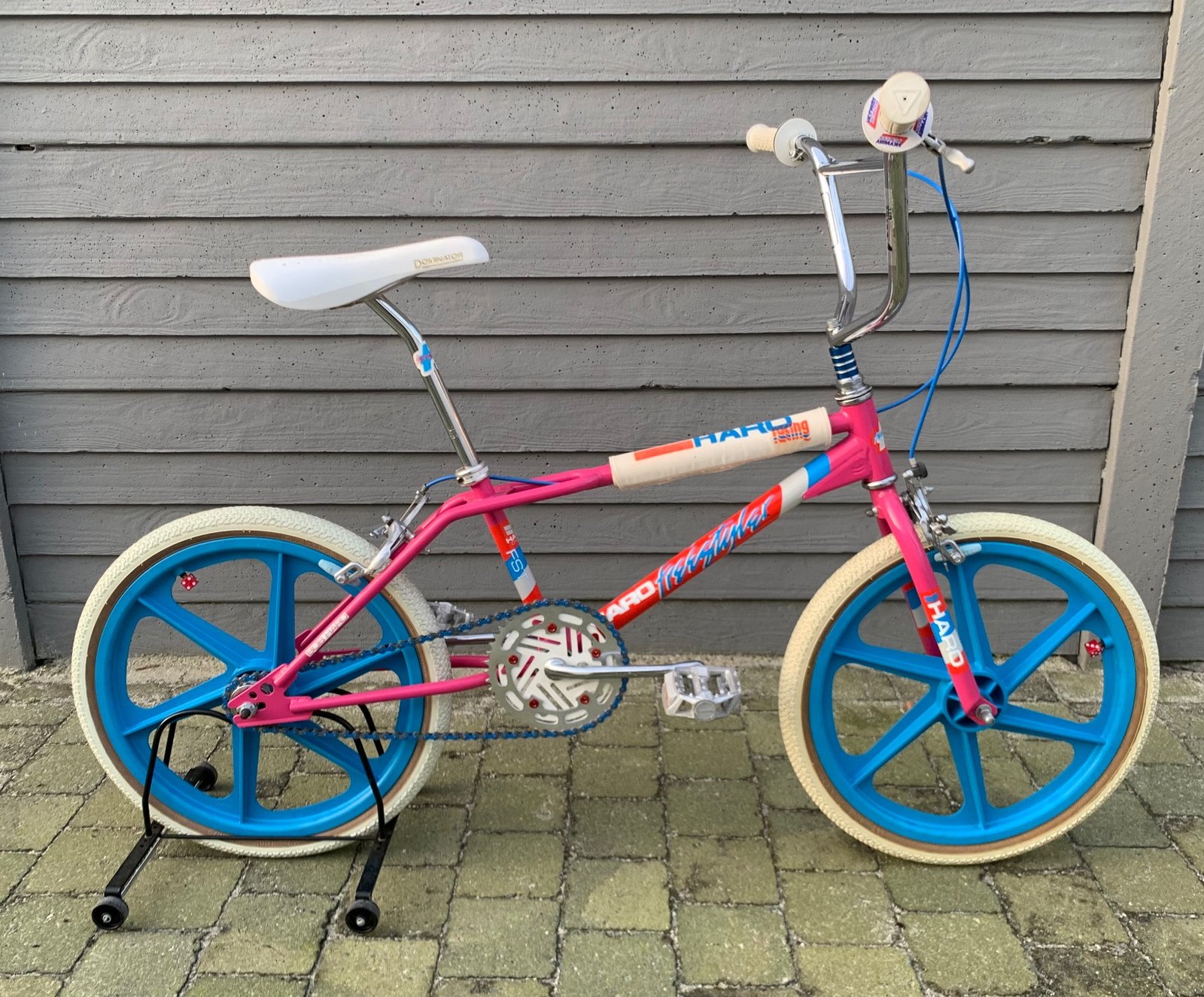
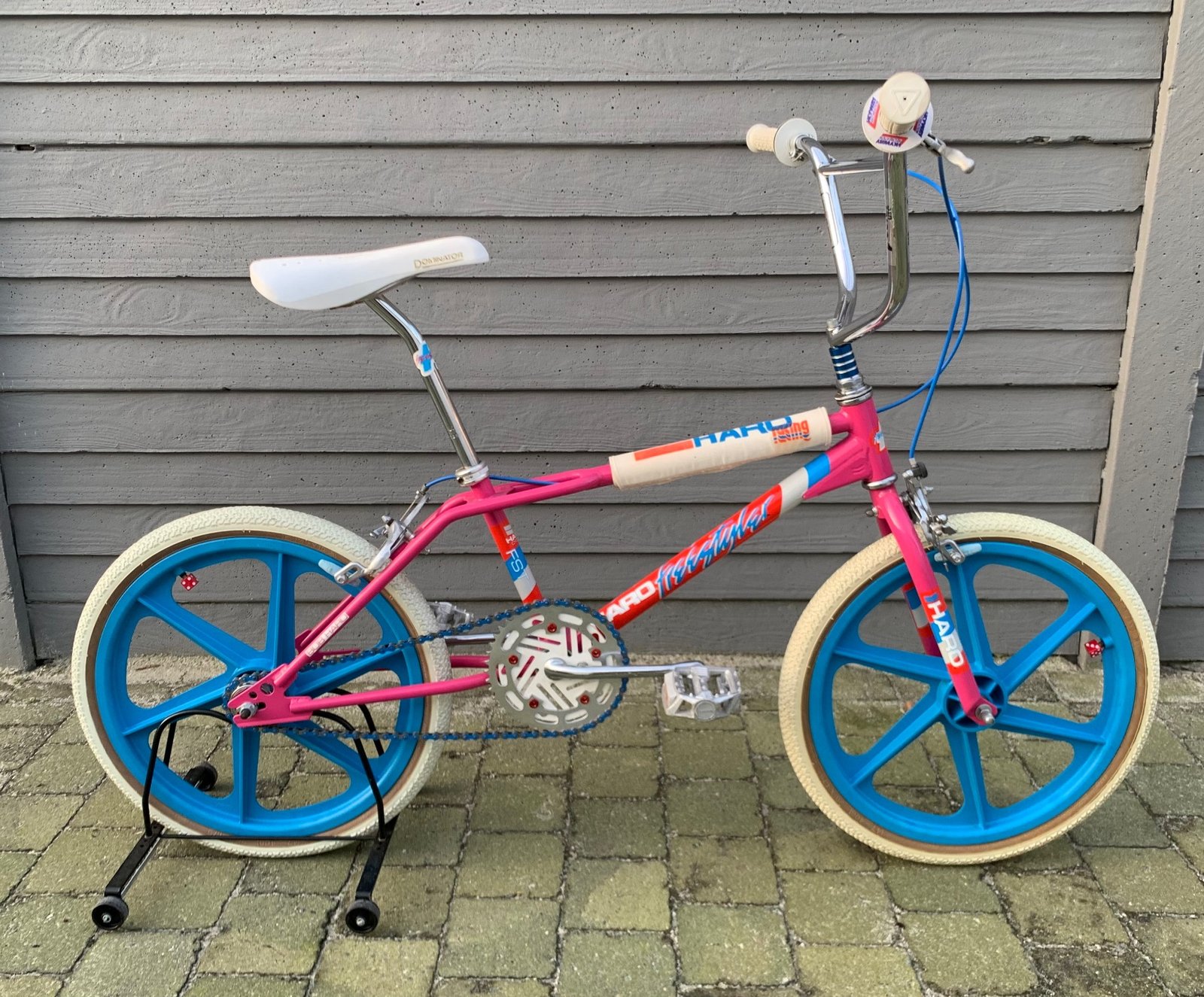
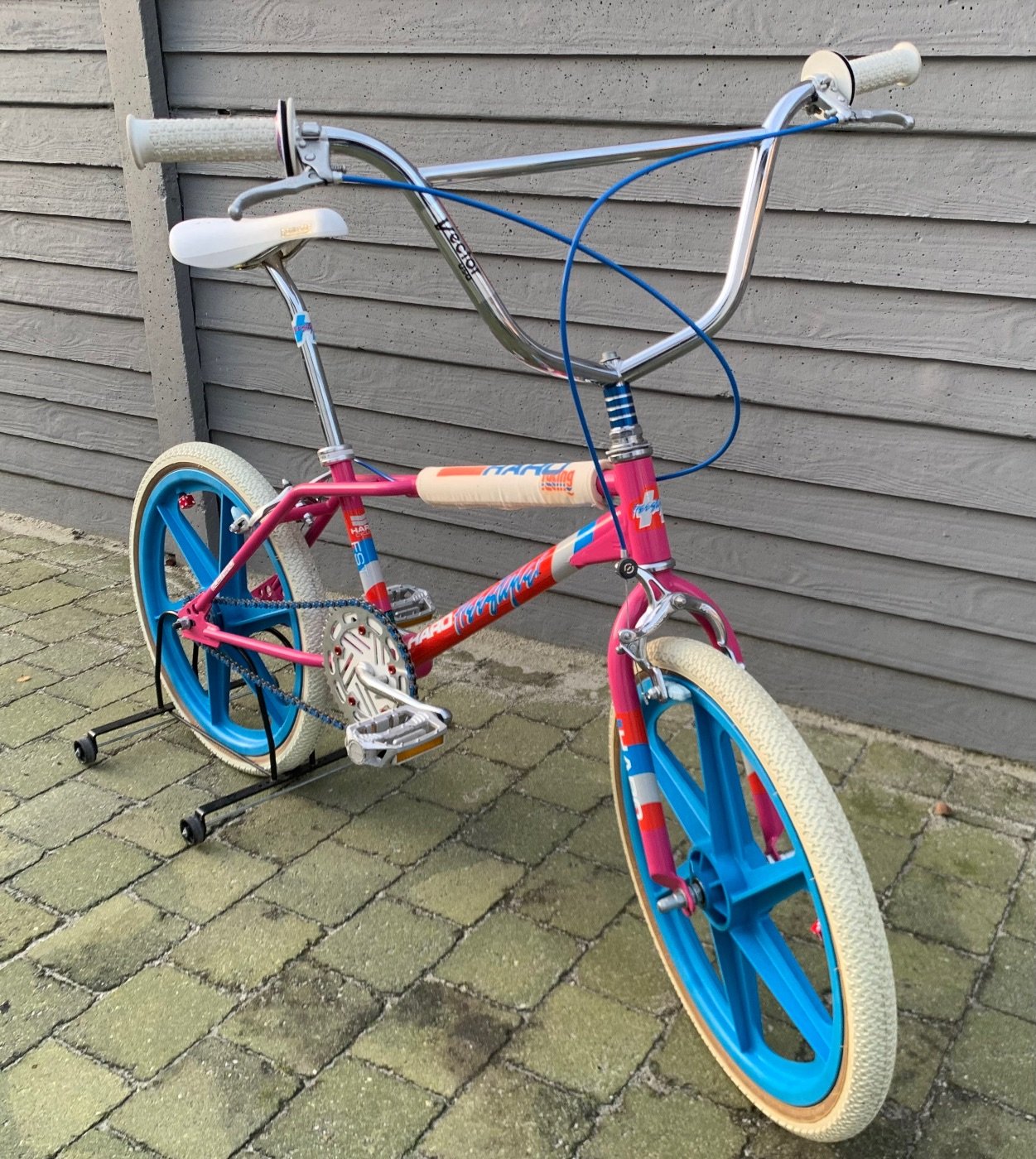

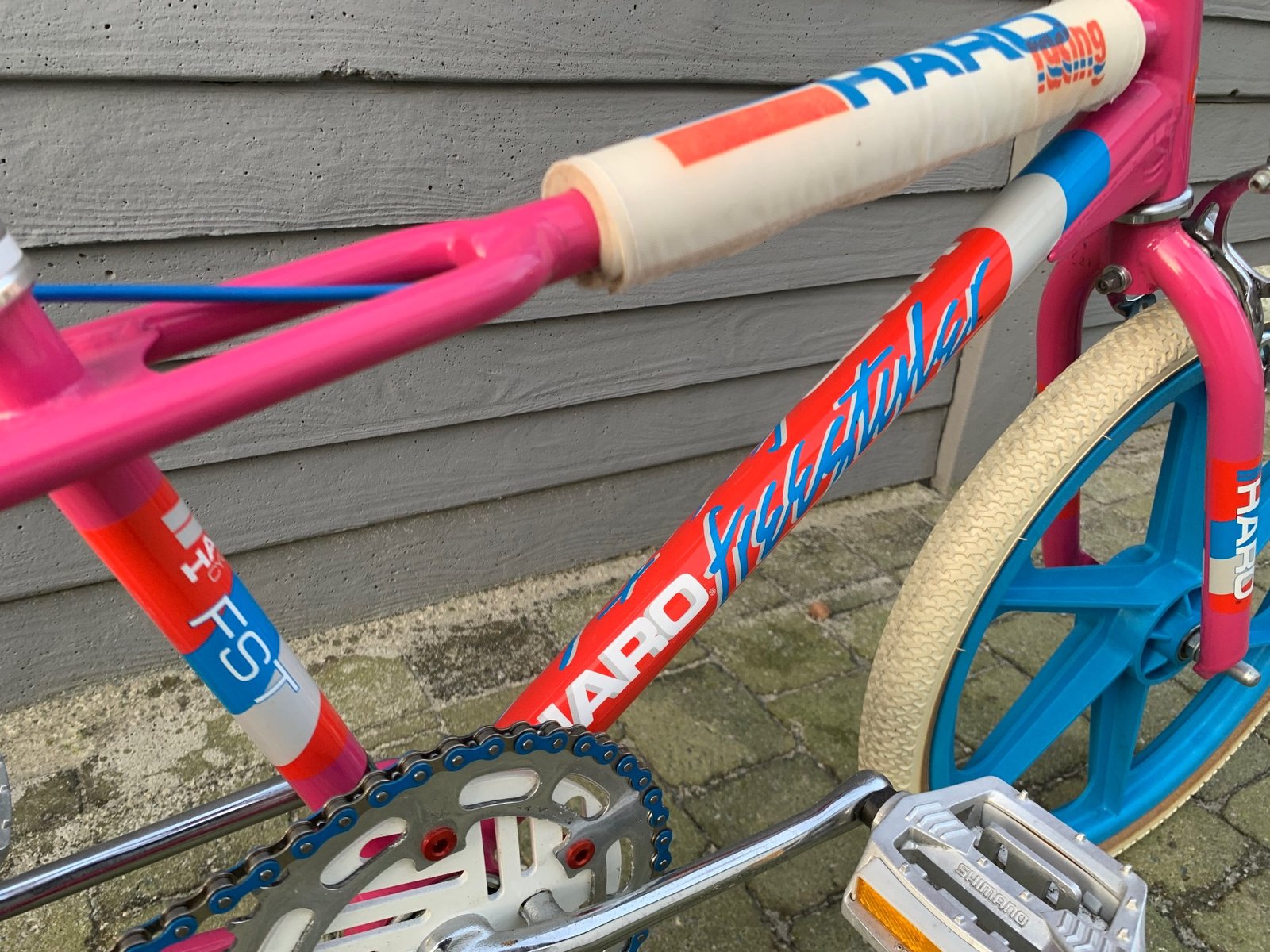







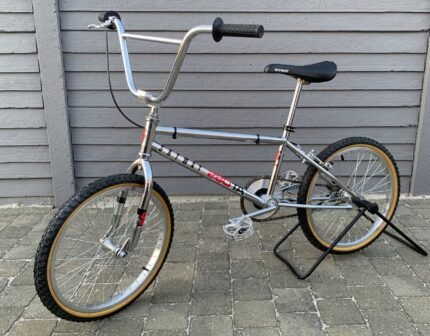
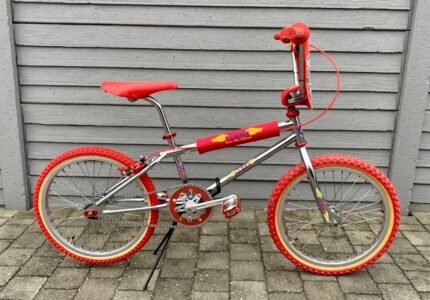


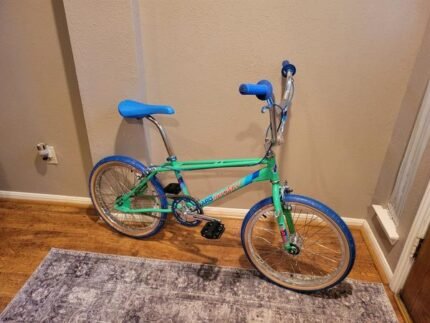



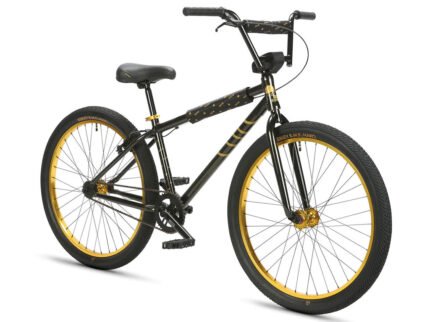
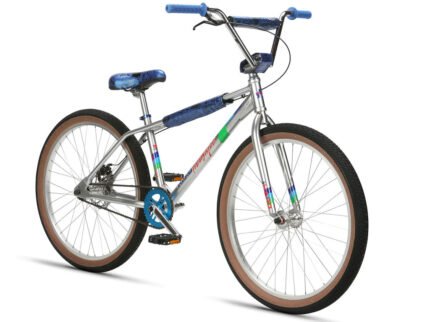

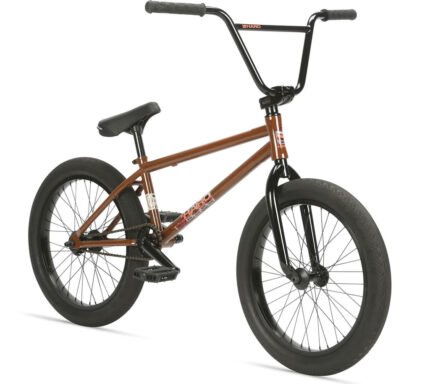
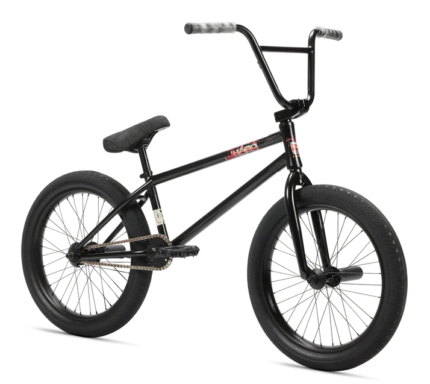
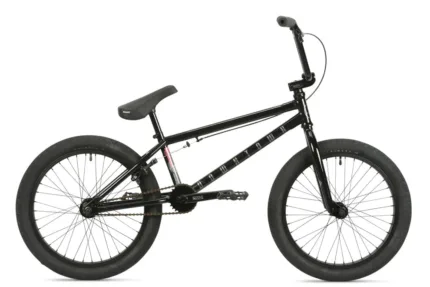
Reviews
There are no reviews yet.